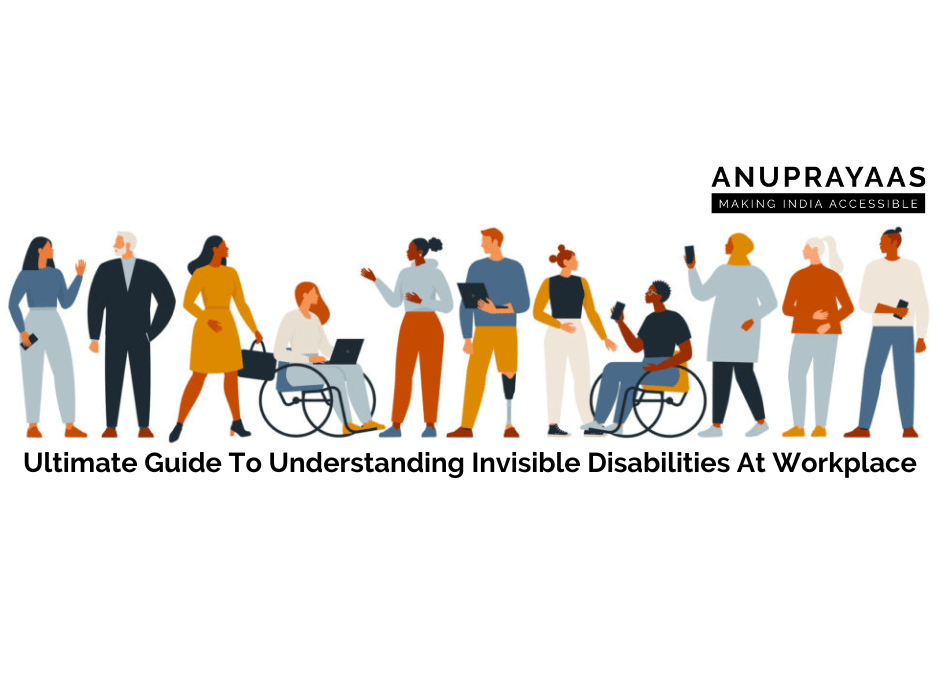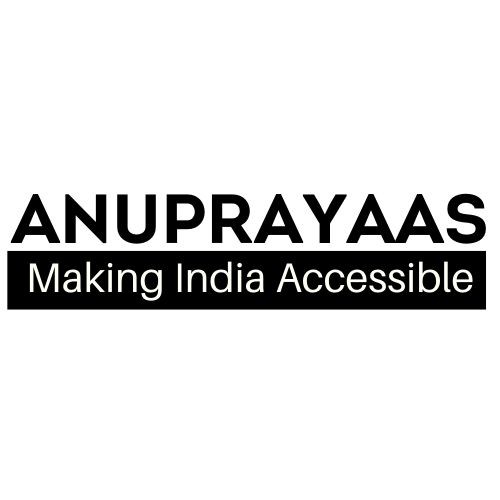An invisible disability is defined as any disability that is invisible to society. These include disabilities that are not widely understood or formally acknowledged. The University of Massachusetts has compiled an exhaustive list of these lesser-known disabilities, going to show just how equally debilitating they can be to those inflicted with them. Examples of invisible disabilities include chronic illnesses such as diabetes or lactose intolerance or mental illnesses such as depression or social phobia. Unlike physical impairments, these less tangible disabilities are harder to take note of, and as such, persons with invisible disabilities do not often get the assistance they need to perform daily tasks.
Types of invisible disabilities:
1. Diabetes:
A person with type 1 diabetes might require a routine insulin shot before that cake party at work. Their coworkers, who might be oblivious to this fact, might conclude that they are just being avoidant or hesitant to be a part of the team. They could be written off as anti-social or the like. These labels can hurt, and in due course of time, severely diminish one’s ability to feel confident in their skin doing whatever in society.
As a consequence, many persons with invisible disabilities continue to drag themselves through life internalizing their condition. This can weigh heavily on their self-esteem and willingness to be proactive in their careers, relationships, and even family life, where they might feel as though they are being a burden.
2. Mental Illness:
Mental illnesses are even harder to spot. While a case of diabetes or lactose malabsorption can be clinically recognized, with the necessary documents that can be produced in support of the illness, depression, certain phobias, or sensitivities to the environment (such as to noises or lights) cannot be readily discerned and documented. A lot of this has to do with how a culture defines mental illness, and many cultures around the world do not recognize a sensitivity to bright lights or loud sounds as a disability as such, as one requiring serious consideration.
Now, why must we work harder in our fight to recognize and assist those with invisible disabilities?
Well, because persons with invisible disabilities in our societies are often the ones to harbor many of these superpowers that we so highly prize.
3. Dyslexia:
What we call a learning disability might just be a person processing their environment differently. They may find themselves falling behind in their classes, unable to keep up with others in a one-size-fits-all curriculum. In the right light, however, when assisted with the tools and resources, persons with learning disabilities can excel in many facts of learning and comprehension. A person with dyslexia might come out unilaterally gifted, with exceptional musical ability. If the same person’s special needs are recognized and supported from an early age, they might succeed in their careers just as well as their neurotypical peers.
Mindset of Society:
Before we get to tackling the problem of bringing institutional or systemic change, we must start at the grassroots of our society. This includes the way we define disability, and our unconscious biases (both well-intentioned or otherwise). For starters, we must take care to not assume what the person has. Always approach a person with an invisible disability as you would approach any other person. Ask them clearly if they have any concerns, or if they require any assistance. Even if they do not disclose anything, do not assume they are free from disability. In any case, remember to be productively empathetic rather than simply express sympathy.
Positive Attitude of Society:
By leading with empathy, we make people feel included in our daily activities, be it at our workplace, schools, or recreation places like gyms or parks. It is vital to know neither to create a scene nor downplay the extent of the person’s disability, both of which can cause the person to feel discomfort. Some types of hidden disabilities, such as self-esteem or self-worth issues, can cause the person to feel like they’re needlessly burdening others. This might cause them to withdraw all the more and refrain from asking for help, which is precisely not what we want.

Social Reforms:
Only when we reform our attitudes towards those in need can we start to think about bringing any truly lasting change at all. These social reforms must spring forth from the grassroots, i.e., in the way we refer to people with invisible disabilities and any implicit moral attitudes we may hold. Institutional reform may only come next once a conducive cultural scenario has been set for the inclusion of persons with invisible disabilities.
On an institutional and societal level, legislators and representatives may be persuaded to make any upcoming public infrastructure projects more accessible. A well-planned and executed infrastructure project will save not just cost but also trouble on the part of philanthropic organizations such as NGOs in rendering these spaces accessible to persons with invisible disabilities. The government may provide free rehab services, helplines, transportation, and translation or interpretation services at public spaces such as railway stations or canteens.
Hidden Strength:
Persons with invisible disabilities can bring fresh and unique perspectives to the workplace. This is especially true for persons who communicate or think differently. This difference in ability can be cultivated into a hidden strength. Persons with dyslexia, for instance, are known to be exceptionally creative and talented in musical or athletic abilities. Furthermore, they are also known to have extraordinary spatial awareness and abstract reasoning ability, gifts that the more neurotypical among us do not carry often.
The presence of persons with invisible gifts in a team can greatly uplift and promote team spirit while fostering attitudes of inclusion, tolerance, and empathy within the company. Whether invisible disabilities remain as disabilities or become invisible abilities lies entirely in our hands. You can refer to the link below of our previous blog also to read more about Invisible Disabilities. https://anuprayaas.org/5-things-you-must-know-about-invisible-disability/
You can go through all our works and to reach us for conducting a Disability Awareness Program for your School, Office or employees by clicking on the below link
Anuprayaas conducts Disability Awareness Programs for Employees and have sensitised more than 8500 people through our programs.

